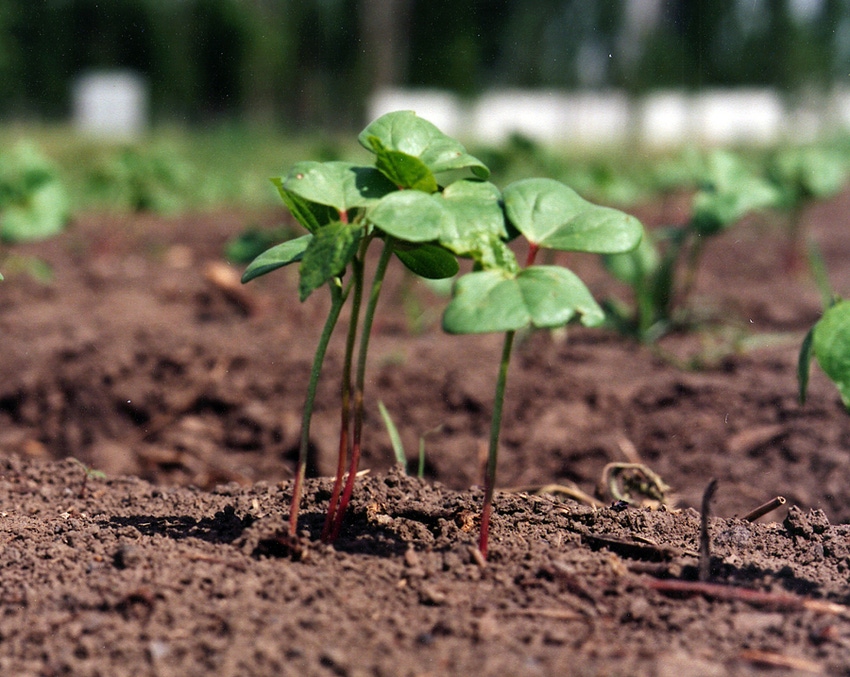May 24, 2011

Arkansas’ cotton producers have hit the accelerator, planting wherever they can find a dry spot.
Cotton was 80 percent planted, according to the May 23 crop progress report from the National Agricultural Statistics Service. That compared with 47 percent of the crop last week and just 11 percent the previous week.
By Friday, “most producers had finished planting cotton south of I-40, with the exception of fields that remain under water,” said Tom Barber, associate professor and cotton agronomist for the University of Arkansas Division of Agriculture. “Producers in the northeast haven’t been able to finish due to wet fields and cool weather.”
Since Friday afternoon, there has been more rain. The highest totals between Friday and Monday -- areas where more than 2.5 inches fell -- occurred in a wide rectangle roughly from DeQueen to Magnolia and northeast between Mountain Home and Pocahontas. Heavy rain also fell between Bella Vista and Harrison in northwest Arkansas. The heaviest spots were north of U.S. 64 between Conway and Vilonia and a patch south of Vilonia that saw between 6 and 8 inches.
Barber said flooding and frequent rain had prevented the planting of some 120,000 acres of cotton so far this season, and of that amount, between 40,000 and 50,000 acres were submerged or otherwise affected by deep water as of Friday.
“Those will most likely be planted with soybeans in June, if the water recedes.”
Barber said cotton producers had intended to put in 630,000 acres this year, but “when is all said and done, there may be 500,000 to 600,0000 acres of cotton that Arkansas producers will harvest in the fall” adding that number might change depending on conditions through the end of May.
Growers with emerged plants in the fields may be seeing “ugly” cotton.
“High rainfall, cool weather and thrips moving from host plants such as wheat, make the perfect storm for thrips injury to young cotton plants,” said Scott Akin, assistant professor and Extension entomologist for the University of Arkansas Division of Agriculture. He recommends supplementary insecticide applications on some acreage where thrips are problematic “until we can get through this slump.”
“Ugly” can also be caused by some pre-emerge herbicides.
“Herbicides that commonly go out during early season contain metolachlor or glyphosate and can burn the leaves to some extent, particularly the generics,” Akin said. “Thrips injury, however, makes leaves appear crinkled and often have a silver-appearance.”
For growers beginning to plant, Barber is recommending early maturing varieties that can grow in the compressed late-season time frame. “Planting an early maturing variety containing Roundup Ready Flex or Liberty Link weed control technologies and stacked with Bollgard II or Widestrike insect management traits are recommended.”
To see more of Barber’s and Akin’s recommendations, visit www.arkansascrops.com.
For more information about crop production and agricultural economics, contact your county Extension office or visit www.uaex.edu.
You May Also Like




